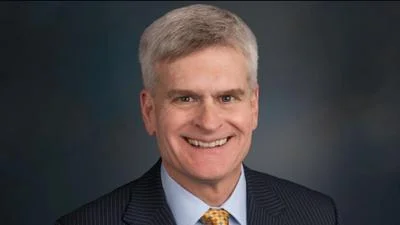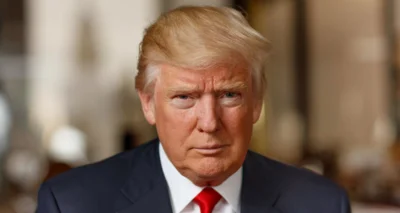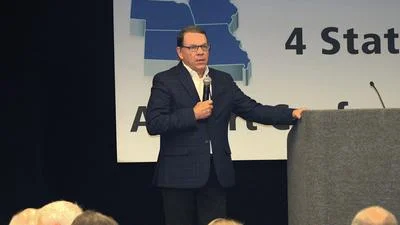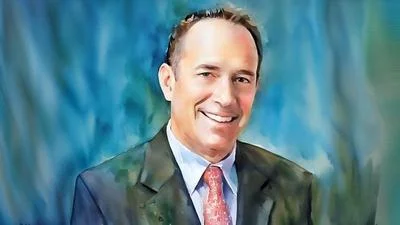Energy and Commerce Chairman Frank Pallone, Jr. (D-NJ), Health Subcommittee Chairwoman Anna G. Eshoo (D-CA) and Oversight and Investigations Subcommittee Chair Diana DeGette (D-CO) today demanded answers from Health and Human Services (HHS) Secretary Alex Azar and Federal Emergency Management Agency (FEMA) Administrator Peter Gaynor about the Administration’s efforts to acquire and distribute medical supplies to states. In a letter to the two administration officials, the three Committee leaders raise serious concerns over the lack of transparency into the number of critically needed medical supplies the Administration has stockpiled and how it determines which states receive these supplies.
States and hospitals on the front lines of the coronavirus pandemic response are facing dire shortages of critical medical supplies including ventilators, N95 respirators and protective gowns. HHS’s Office of Inspector General (OIG) recently released a report revealing that 323 hospitals around the country are experiencing widespread shortages of personal protective equipment (PPE), putting patients and medical providers at risk. The report also found that hospitals are struggling with certainty regarding the availability of supplies from the federal government.
"Despite these reports, the Administration has still not been transparent about how it is responding to states’ requests for supplies and distributing them to the areas of greatest need," the Committee Leaders wrote.
The Committee Leaders also voiced concern that it is unclear who in the Administration is in charge of these efforts. While the Assistant Secretary for Preparedness and Response (ASPR) within HHS oversees the Strategic National Stockpile (SNS), FEMA reportedly took control of the SNS. Adding further confusion, the Administration recently established a Supply Chain Stabilization Task Force that is supposed to coordinate the supply chain activities of HHS and FEMA. However, it is still unclear what role each of these entities serves, how it evaluates the needs for supplies across the country, how it makes procurement decisions and how it determines where to distribute.
“For months, we have been trying to decipher how the federal government is acquiring and distributing supplies through various efforts and how this aligns with states’ needs to respond to this pandemic. We appreciate that the Administration has provided briefings on these issues and has provided some information, but it has not adequately answered important questions or provided sufficient information to the Committee or the public," the Committee Leaders continued. “We believe that it is in the interest of both the public and the Administration to better communicate and detail key decisions about what materials are being made available to the state and local levels through federal efforts, as well as provide more information about how allocation decisions are being made."
While the Administration has provided the Committee with some aggregate numbers on supplies provided to states, these numbers pertain only to commercial shipments by distributors for a limited time period and provide no concrete information on how the Administration is procuring and allocating supplies and whether states are receiving the supplies they need.
To provide transparency and better understand the Administration’s response, the Committee Leaders requested daily reports from the Administration beginning no later than April 27, 2020, with an itemized accounting of PPE and medical supplies in the SNS as well a detailed list of where supplies are being sent. The members also requested that the Administration make this information available for states, hospitals and the public to view on a public dashboard by May 4, 2020.
In addition, the Committee leaders requested answers to a series of questions from the two federal agencies, including:
* Who are the members of the Supply Chain Stabilization Task Force?
* How does the Supply Chain Stabilization Task Force evaluate state requests and determine where to distribute supplies?
* Is there a systematic process with clear guidelines and criteria to guide distribution decisions and are they publicly available?
* Who makes the final decision on where and how many supplies to distribute to a particular area or state?
* How does the Supply Chain Stabilization Task Force work with the numerous other operational task forces and work groups created by the Administration to respond to the pandemic?
* How is the Administration determining the needs in the United States for PPE and medical supplies to ensure that we are working with industry to sufficiently manufacture or procure what is needed to fulfill states’ requests?
* Which agency, and through what account, is paying for the supplies acquired through Project Airbridge?
* Is the Administration aware of any federally organized efforts to divert products or supplies intended for certain states or localities and redirect them to different areas?




